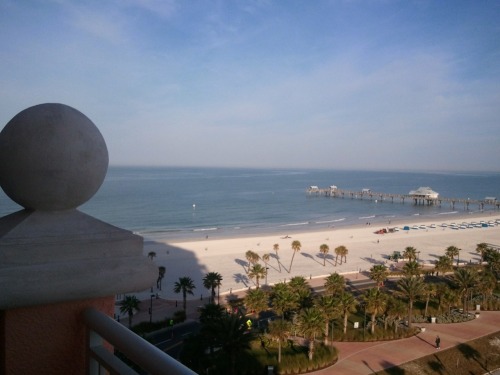Such interesting response from Paul Bieber in his blog regarding the tempered glass manufacturers. This point of view from a glass expert, it makes to think it over in which way this business could improve their service.
In the following lines, you may read an extract of this point of view published last october 2011.
Question: Lately, I can’t seem to get glass tempered correctly from my fabricators. Even tough fabricators seem to be slow, they can’t get my orders right and delivered on time. What can I do?
Response: Thanks for your note. You are not alone in this feeling. I have talked with many shop owners and most feel the same way. It seems that with pricing so low, most fabricators have reduced their labor force to bare bones, often keeping the lowest paid workers.And you get what you pay for.
What can you do?
-Understand fully your fabricator’s tolerance level. You may be expecting glass that is a higher quality than they can produce. All fabricators will meet the ASTM C1048 specs, but some do a better job. Compare their written spec sheets. Some fabricators will be better for high volume work, while others specialize in furniture quality.
-Tempered glass has distorsion based on the direction going into the oven. Specify if the roller wave should be parallel with the height or width. If the glass height is larger than the oven’s width, the glass can only be tempered in one direction.
-Order heat strengthened glass even when you don’t need to meet codes. HS glass cools slower than fully tempered and develops less warp.
-Try to avoid long, skinny pieces of tempered. They always come out looking poorly. The largest ratio for good glass should be 12:1, length to width.
-Thin glass warps more than thick.
-Ground or polished edge glass will always look better than seamed edges.
-Heat treating glass with soft-coat low-E is an art. Make sure your vendor is certified by the float manufacturer to treat its low-E products.
-Tempered laminated glass is a pain in-the neck to produce. Order heat strengthened laminated whenever you can (I may introduce the comment regarding this point, nowadays there are such a excellent results in terms of quality)
-Make sure your purchase order and drawings can easily be read. The most common mistakes are misinterpretacions from your order.
-Avoid calling in orders. Use email to prevent misunderstandings.
By Paul Bieber has 30 years in the glass industry, including 21 years as the executive vice president of Floral Glass in Hauppauge (NYC). He retired in 2005. Nowadays he publishes articles in his blog at www.usgnn.com
Source: renatocilento.blogspot.com
repost from www.renatocilento.com







